The national treasure Emperor Duy Tan's throne is currently kept at the Hue Royal Antiquities Museum, Hue Monuments Conservation Center (Hue City).
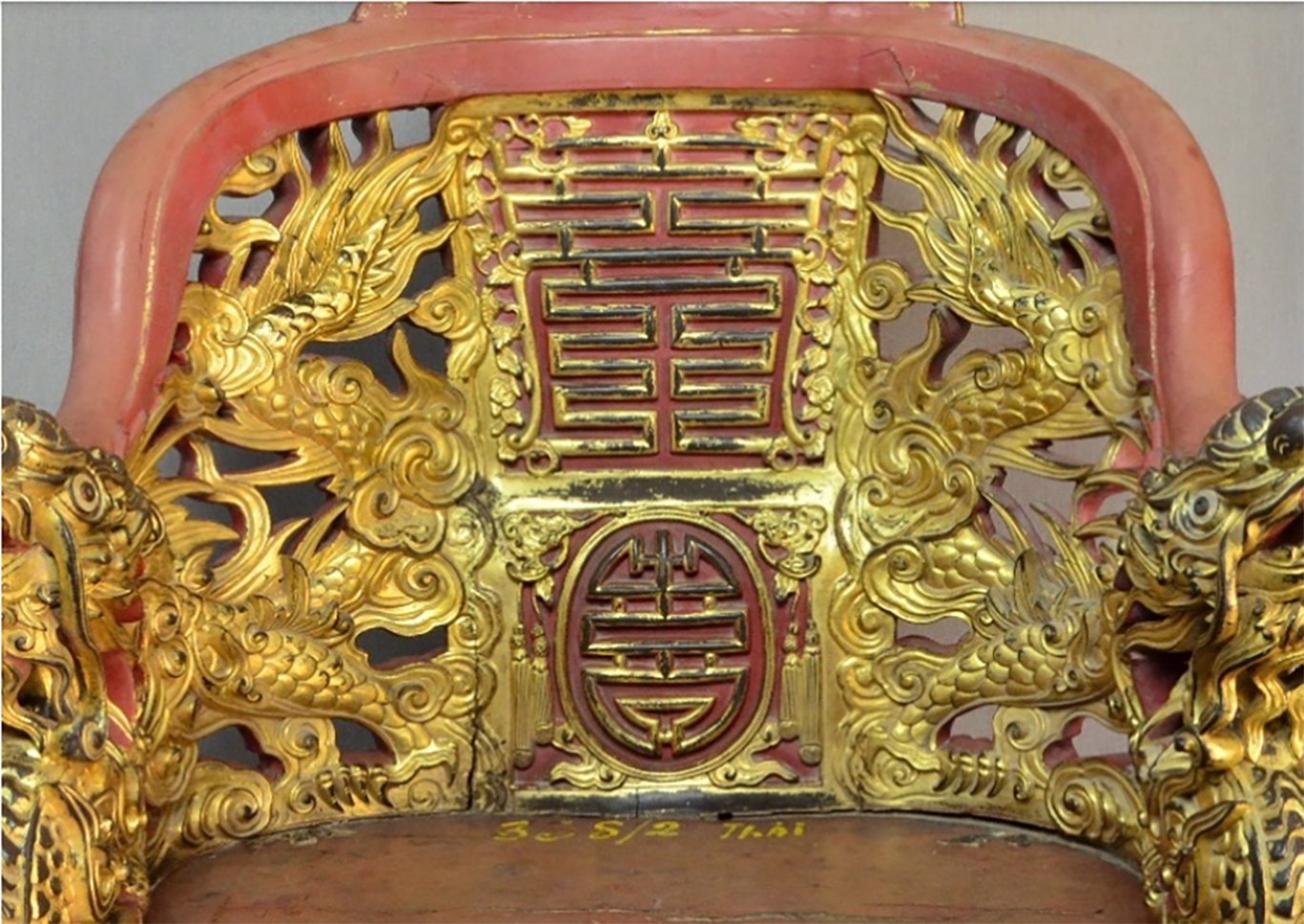
The throne has many dragon designs.
PHOTO: DEPARTMENT OF CULTURAL HERITAGE
Before being brought here in 1994, this artifact was kept at the Trieu Mieu relic warehouse (Hue Imperial Citadel).
The national treasure dossier states that, because it originated from Trieu Mieu and based on the artifact dossier showing it as a throne, during the period from 1995 to 2022, this throne was still identified as a throne. Only after the 2023 survey and research period, was the throne added to the dossier, confirmed to be the Duy Tan emperor's throne dating back to around 1907.
According to Dai Nam Thuc Luc , Emperor Duy Tan ascended the throne on July 28, Dinh Ty year (September 5, 1907), as the 11th emperor of the Nguyen Dynasty (1802 - 1945) when he was only 7 years old. To suit the emperor's stature, the court specially made a small-sized throne for use in the king's coronation ceremony. Documentary images show the young emperor sitting on this throne.
In terms of size, the Nguyen Dynasty emperor's throne at Thai Hoa Palace (a national treasure since 2015) is 101 cm high, 87 cm long and 72 cm wide. Meanwhile, Duy Tan Emperor's throne is 94.5 cm high, 50.5 cm long and 62.2 cm wide. Thus, the Nguyen Dynasty emperor's throne is larger than Duy Tan Emperor's throne.
Also according to national treasure records, Emperor Duy Tan's throne consists of 3 parts.
The top of the throne is the highest position of the throne with the image of the sun consisting of 5 rays, each ray originating from a spiral pattern surrounding the sun; surrounding the rays and the sun is a cloud pattern with the starting point and ending point stylized as 2 symmetrical clouds.
The middle part consists of 3 parts: the armrests, the back of the throne, and the throne face. The armrests and the back of the throne combine to form an arc-shaped relief, embossed and carved with decorative motifs symbolizing royalty and longevity. The armrests and the back of the throne are connected by 2 symmetrically arranged dragon images, in the middle of the back of the throne are two stylized longevity symbols. The throne face is painted red with gilded lines.
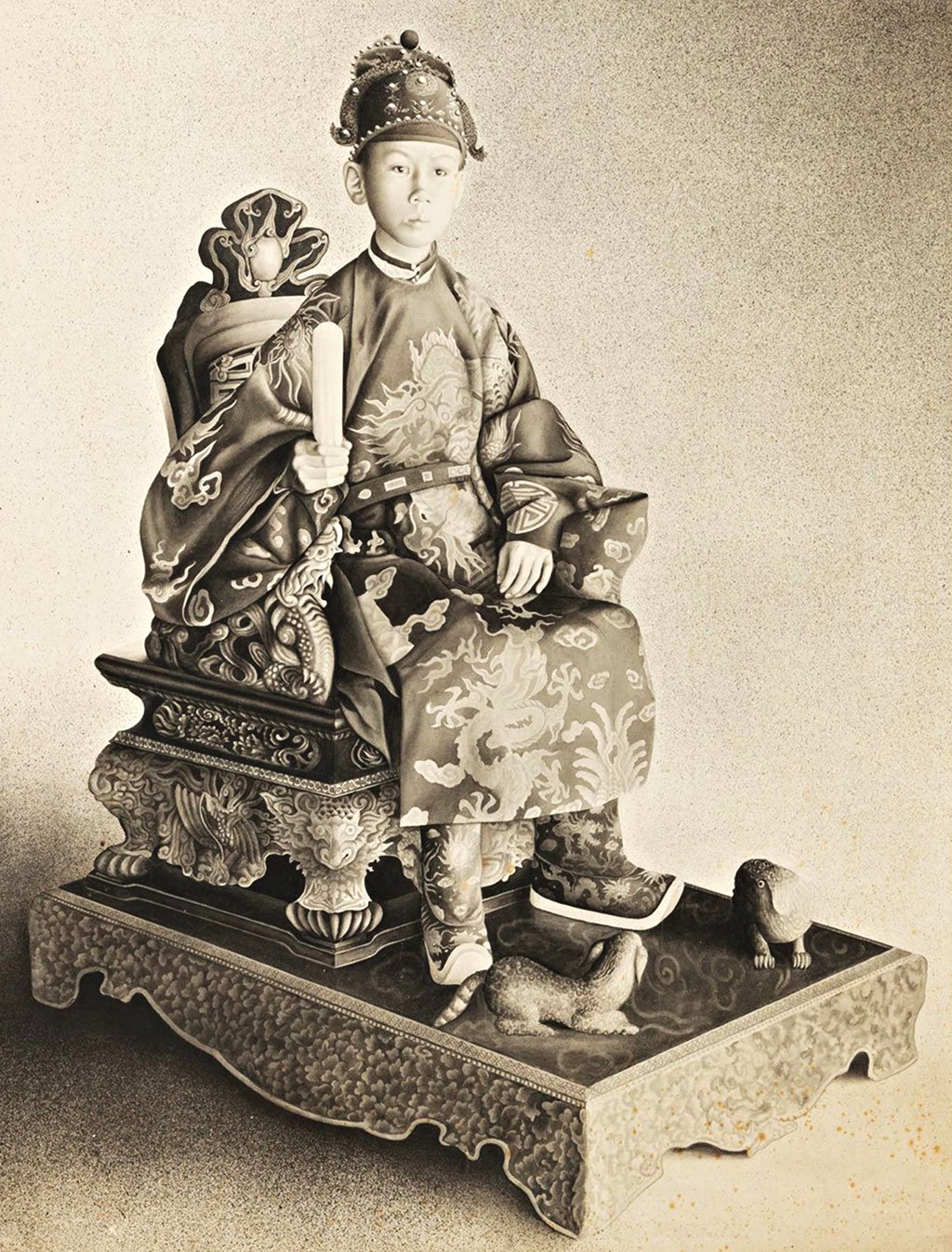
Image of King Duy Tan on the throne
PHOTO: TL BY RESEARCHER VU KIM LOC
The lower part consists of 3 parts: the throne neck, the throne border and the throne legs. The throne neck is carved with a pattern of two dragons facing longevity in the front. The main border of the throne is decorated with a tiger face (a horizontal dragon face). Similar to the 2 dragon heads on the throne's arms, the 2 eyes of the tiger face are made of mother-of-pearl, fixed to the wood with 2 horn screws. The two sides of the border are carved with phoenix details, with the head facing the back of the throne according to the theme "Phung ham thu" (a phoenix holding a silk ribbon wrapped around a book). The throne legs are embossed with a dragon face and have 5 claws.
The remaining throne
Regarding the outstanding value of Emperor Duy Tan's throne, the national treasure dossier emphasizes that the artifacts were crafted based on the basic principles of the royal court's regulations on manufacturing royal utensils. Despite the fact that under Emperor Duy Tan's reign (1907 - 1916), the Southern Dynasty government was increasingly subject to the intervention and imposition of French colonialism, because the throne symbolized the power of the dynasty, closely associated with the king, Tat Tuong Cuc (a workshop specializing in the production of lacquered wooden furniture for the Nguyen Dynasty's royal palace) still ensured the principles of the regulations.
Therefore, according to the treasure records, the Duy Tan emperor's throne was decorated with the main design of a 5-clawed dragon. At the armrest, the dragon is shaped in the position of a raised dragon head. The dragon on the throne base is embossed with rough relief, bringing majesty, combined with the image of a phoenix showing a sublime, fulfilled posture. The dragon can also be shown independently or combined with phoenixes, bats, flowers, leaves, clouds, pearls, inscriptions... to express the desire for longevity, meaning praying for blessings, longevity and good things...
Also at the Hue Royal Antiquities Museum, there is another throne that is also small in size. This has made many people question the simultaneous existence of two thrones.
Researcher Vu Kim Loc, who restored many Nguyen Dynasty king and mandarin hats, researched photos and paintings of Emperor Duy Tan wearing a royal hat and robe sitting on the throne (successfully auctioned by Sotheby's at the end of 2021) and these two artifacts.
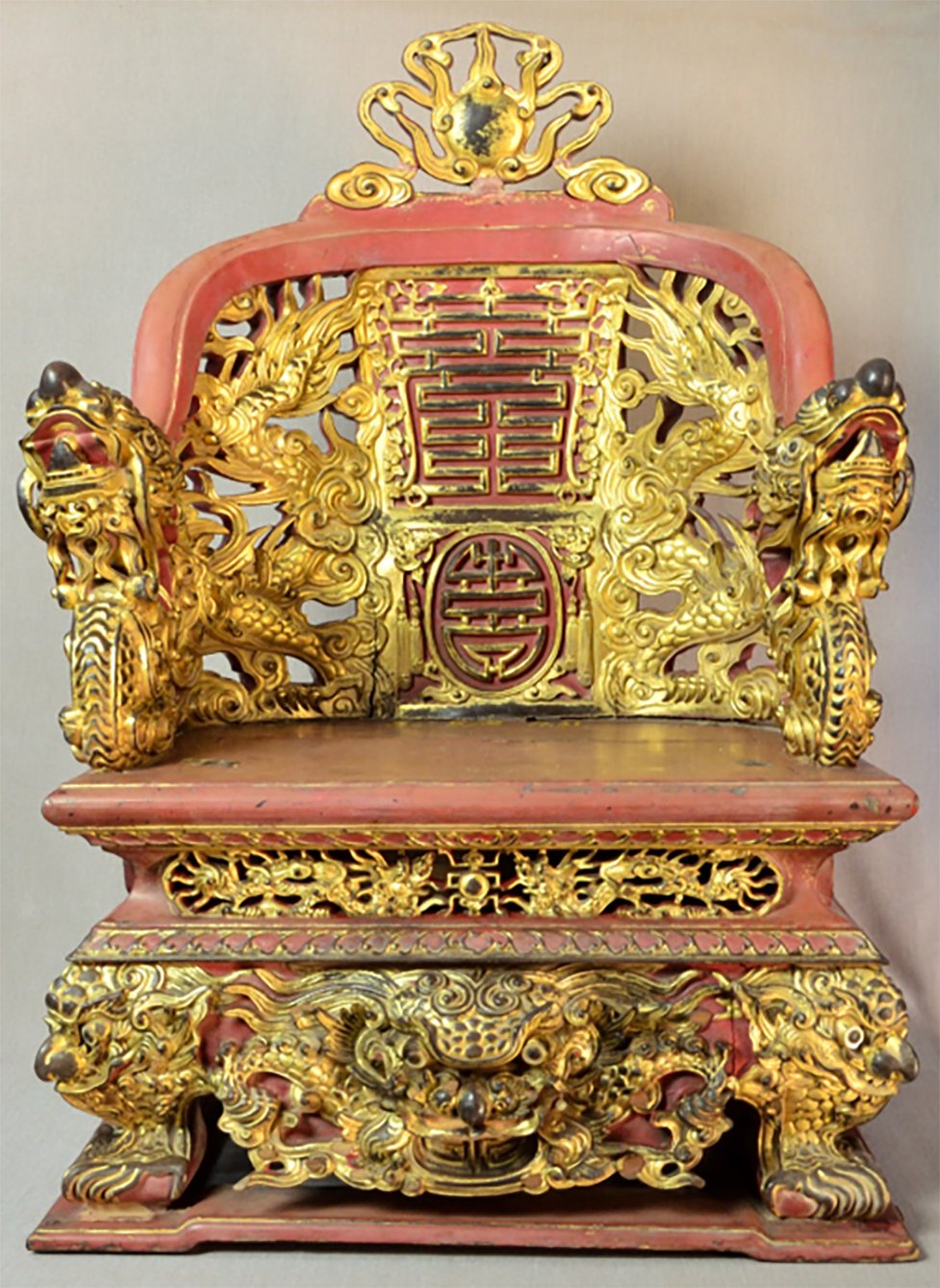
Emperor Duy Tan's throne
PHOTO: DEPARTMENT OF CULTURAL HERITAGE
According to research, although the photo quality is a bit poor, it is still clear that the two thrones are similar on the back. Above them is a sun shape and below is a longevity character. The sun itself is clearly seen with 5 rays slanting upwards, of which 1 ray above is the center and symmetrical on each side are 2 rays, then all are surrounded by symmetrical cloud bands and have a composition that looks like a flower in a vertical split style. As for the seat and base, a photo shows that the base has a kneeling style. The rectangular base, the throne is placed on top, occupying half the length at the back, the remaining half at the front with 2 unicorns attached and the emperor's feet resting on it.
Finally, researcher Vu Kim Loc "finalized" the throne of Emperor Duy Tan among the two thrones in the museum. He said that this would open up further research. "The second throne that the Hue Royal Antiquities Museum keeps, with the evidence of the throne of Emperor Duy Tan mentioned above, also allows to raise the question of whether it belonged to another young emperor or not, while some researchers think it is a throne for worship," Mr. Loc commented. (to be continued)
Source: https://thanhnien.vn/ngai-vang-nhi-cho-vi-vua-thieu-nien-duy-tan-185250715221401777.htm


![[Photo] National Assembly Chairman Tran Thanh Man attends the VinFuture 2025 Award Ceremony](/_next/image?url=https%3A%2F%2Fvphoto.vietnam.vn%2Fthumb%2F1200x675%2Fvietnam%2Fresource%2FIMAGE%2F2025%2F12%2F05%2F1764951162416_2628509768338816493-6995-jpg.webp&w=3840&q=75)



![[Photo] 60th Anniversary of the Founding of the Vietnam Association of Photographic Artists](/_next/image?url=https%3A%2F%2Fvphoto.vietnam.vn%2Fthumb%2F1200x675%2Fvietnam%2Fresource%2FIMAGE%2F2025%2F12%2F05%2F1764935864512_a1-bnd-0841-9740-jpg.webp&w=3840&q=75)

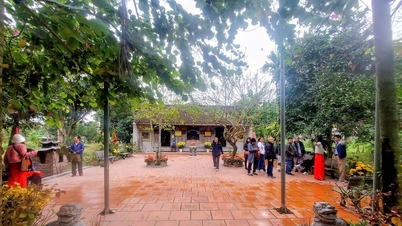

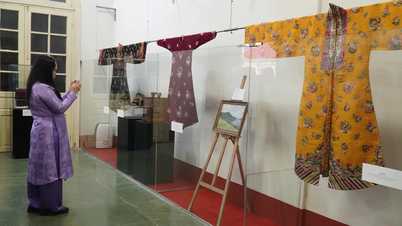

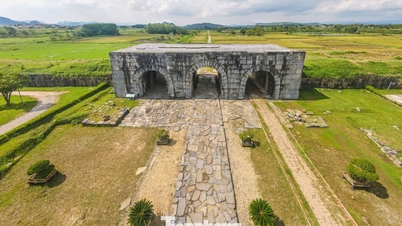

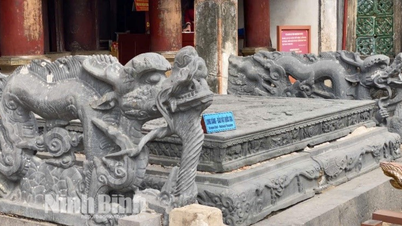

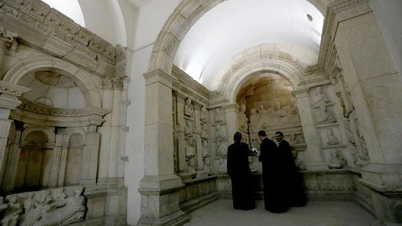

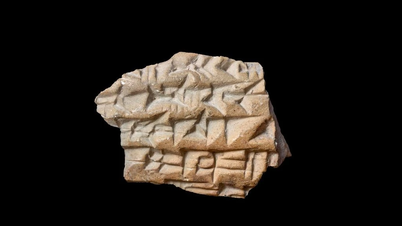
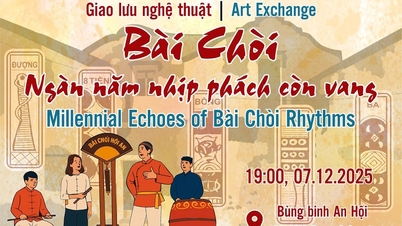

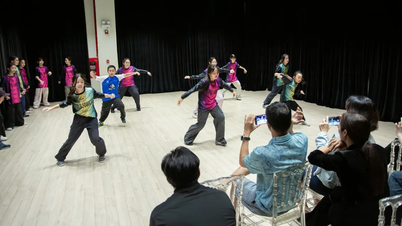
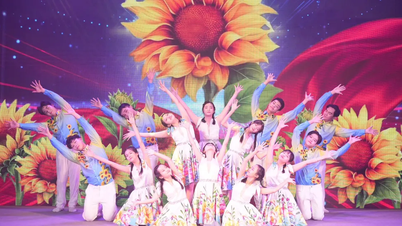
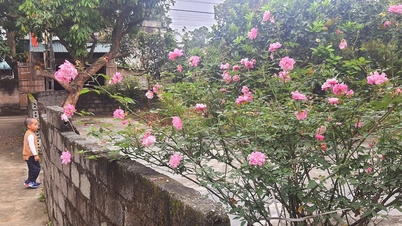





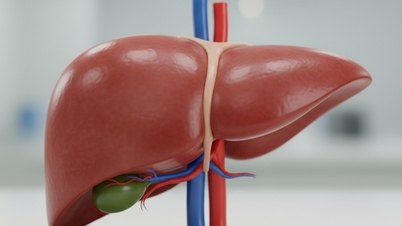




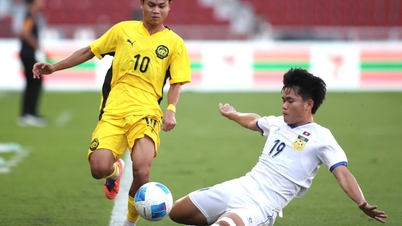

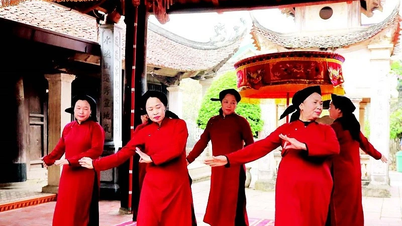

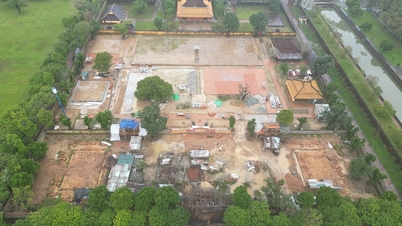
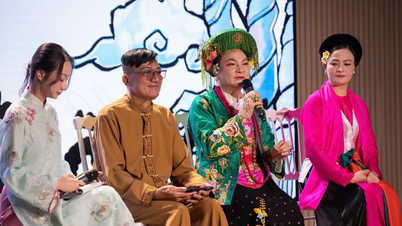


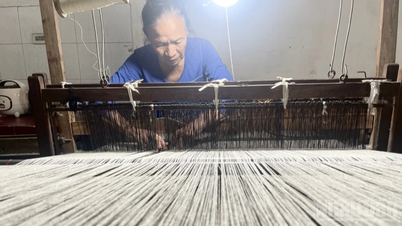

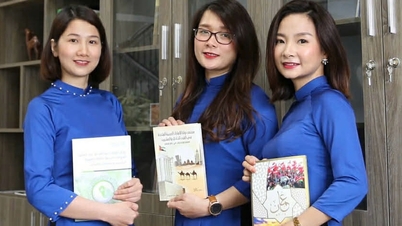
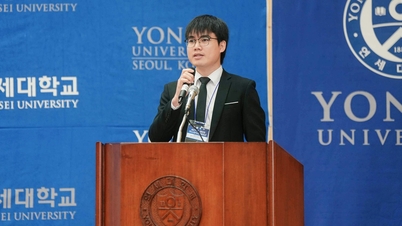
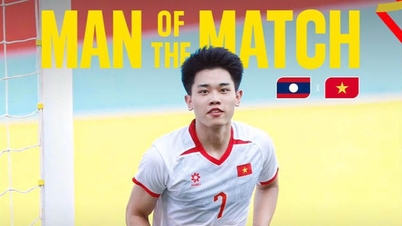





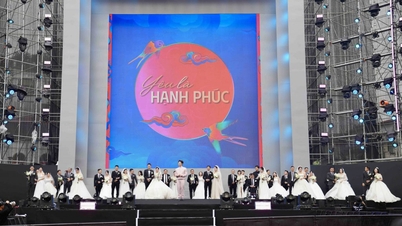

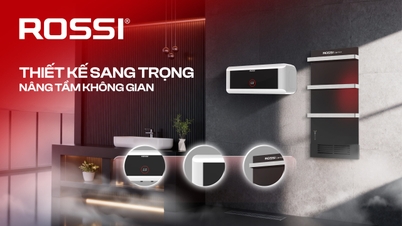
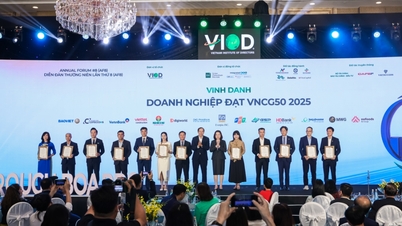

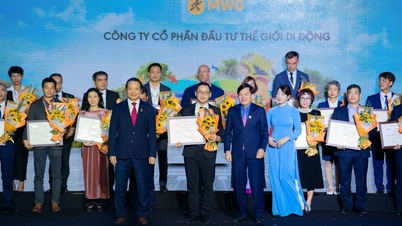
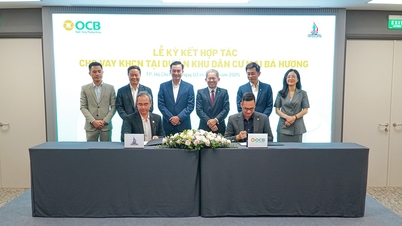






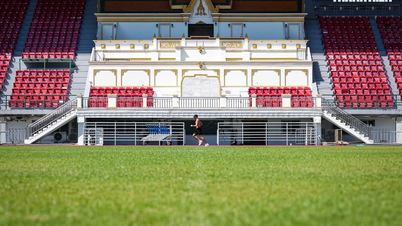

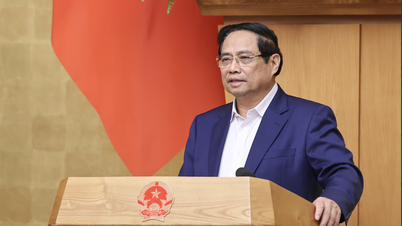
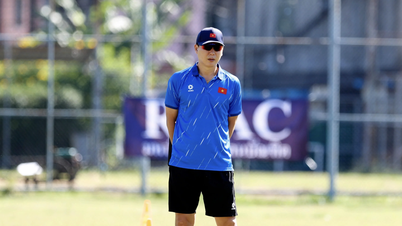
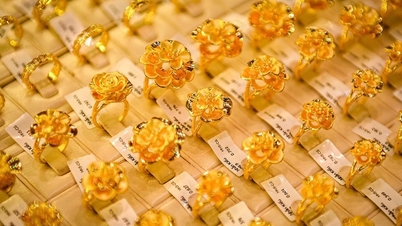
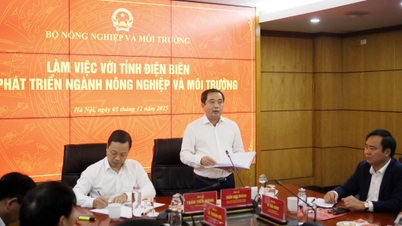

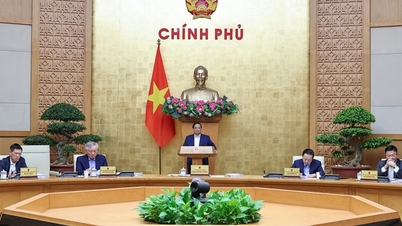

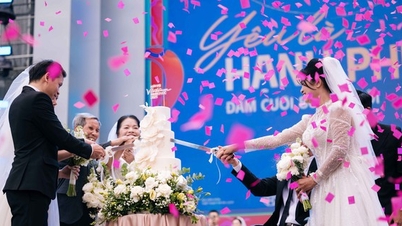


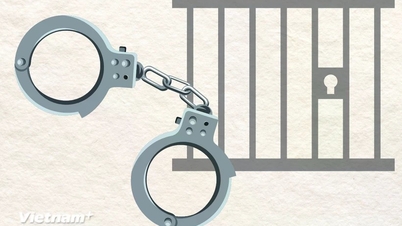


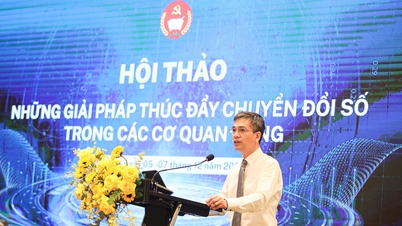


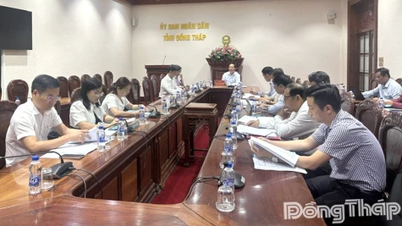
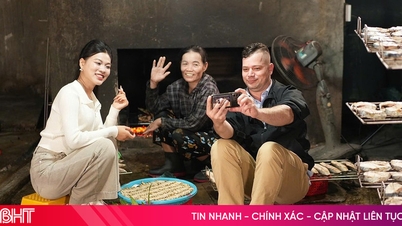

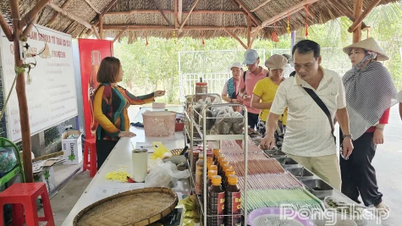
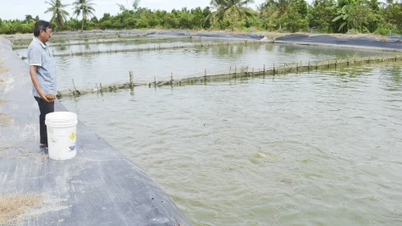
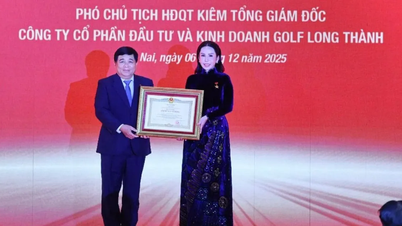












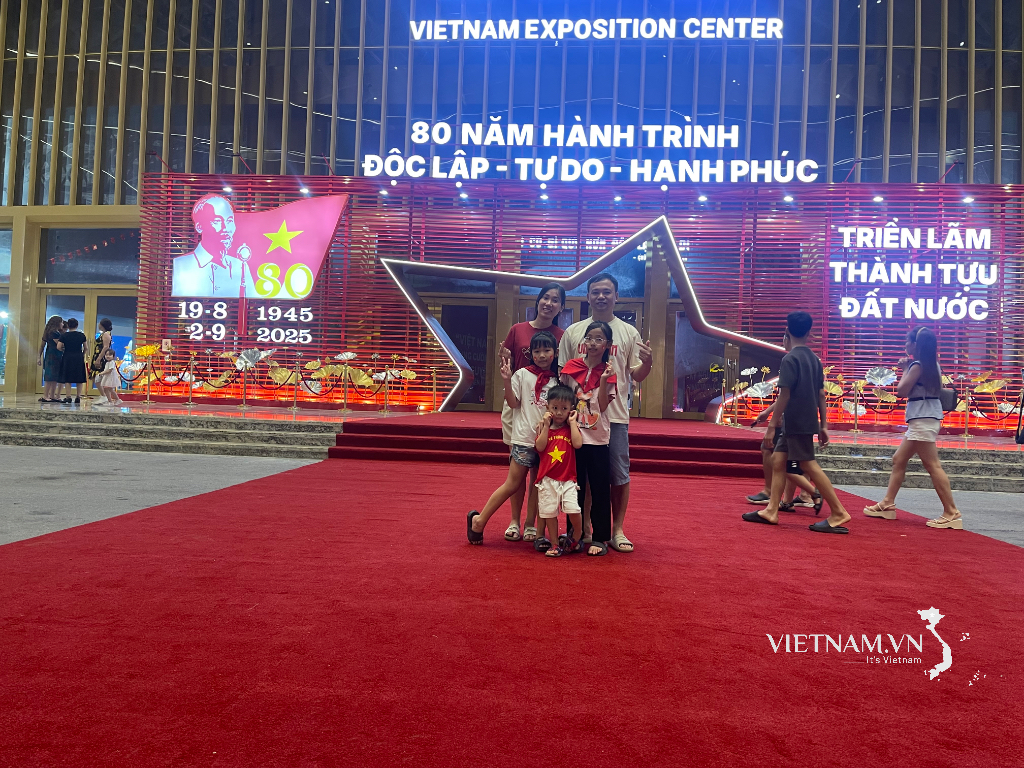




Comment (0)